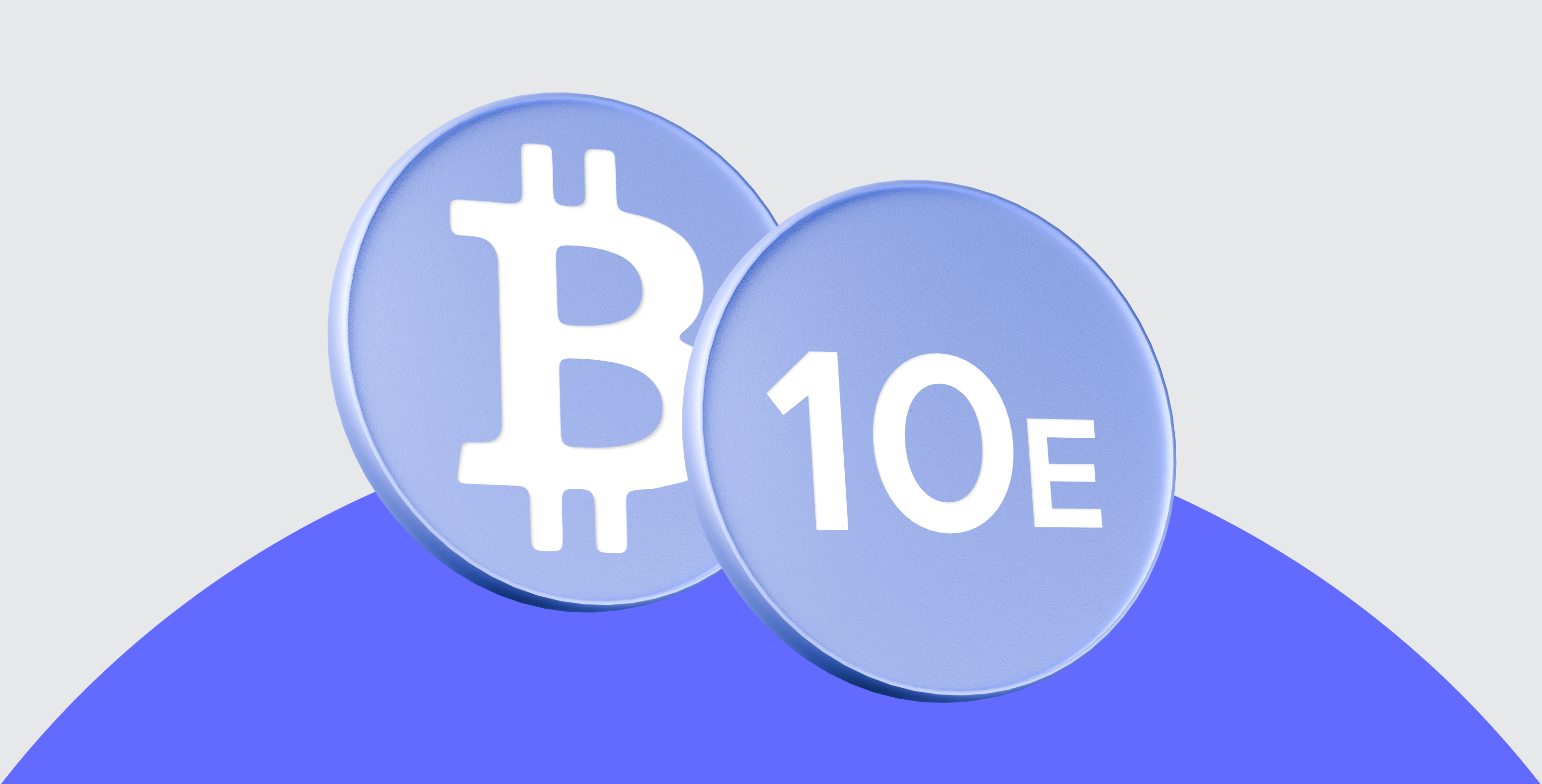Why Solana is 2021's Top Performing Cryptocurrency

The New Crypto Kid on the Block That’s Eating Everyone's Lunch
If you’re new to crypto, then maybe Solana has gone under your radar, but not to worry, we’re here to shed some light on this fast-emerging project that is taking on the biggest names in crypto.
SOL, the cryptocurrency linked to the Solana network, has jumped into the world’s top 10 largest cryptocurrencies amid optimism that its blockchain infrastructure could be a long term competitor to Ethereum.
Solana’s token has tripled in just a few weeks and now has more than $35 billion market value. Optimism has grown thanks to Solana’s faster transaction speeds and lower transaction costs when dealing in the world of decentralised finance (DeFi) and digital collectables - areas where Ethereum dominates.
What Is Solana?
Solana is a blockchain network that seeks to develop an ecosystem of cryptocurrency-powered products and services.
Solana is different to Bitcoin but offers similar features to Ethereum. It differentiates itself from Ethereum’s network by providing faster transaction times, lower fees and a programming capability that focuses on flexibility.
Solana can currently handle over 50,000 transactions per second, more than Ethereum and Bitcoin combined, and at a fraction of the cost. Developers can also write and launch customisable applications in multiple programming languages on the Solana blockchain.
Solana’s native cryptocurrency, SOL, is used to pay for executing programs and sending transactions.
So Solana Is Not for Payments?
No, just like stocks in the technology sector operate differently from those in the oil and gas sector, you get cryptocurrencies that do different things.
The term cryptocurrency is confusing since there’s a preconceived notion of what a currency is and what it can and cannot do.
The truth is that many cryptocurrencies aim to achieve very different objectives, and only a small number of them are attempting to become ‘digital cash’, replacing the ZAR and USD we have today.
Cryptocurrency projects generally fall into one of two major categories. They’re either purpose-built and designed for a very specific function—like Bitcoin or Litecoin, which was specifically designed as alternative payment systems and store of values.
Or, like Ethereum or Solana, they can be more open and general in their functioning and can be applied to a wide range of uses. By acting as a sort of blockchain-based operating system for building decentralised applications (DApps)—which are basically just blockchain-based versions of regular apps, like the ones you get on your phone— these cryptocurrency networks can act as a foundation for many other applications to be built on top. Think of how the internet-enabled email, video calls, social media, and so much more. These multi-purpose cryptos are looking to achieve the same thing.
What Makes Solana Unique?
1. Built to scale
Solana is built for speed and can currently execute over 50,000 transactions per second. Bitcoin and Ethereum, on the other hand, process 5 and 15 transactions per second, respectively. For reference, Visa’s payment’s network is said to process over 1,700 per second on average. Faster transaction processing speeds are necessary for projects rebuilding the financial system as we know it through decentralised blockchain-based applications.
2. Ultra-low fees
Solana offers far lower fees when compared to what many other similar blockchain networks are charging today. For reference, Ethereum transaction fees are >200x more expensive when compared to the same transaction on the Solana network.
3. Ecosystem growth
Solana’s blockchain ecosystem has grown rapidly and is seeing strong adoption. In fact, Solana has seen a 130% growth in its projects over the last few months (up to 181 projects at the time of writing). Solana’s total value locked in smart contracts is now north of $3.5 billion, growing 200% in August.
Solana’s Performance
Solana has been amassing remarkable gains over the past few months. This was partly due to a renewed NFT hype, with many NFT’s now being built on the Solana network.
Now I know what you’re thinking. What are NFT’s, and what does “NFT” even stand for?
Well, NFT stands for Non-Fungible Token.
To understand what they are, you need to understand what “fungibility” means.
Fungibility is a simple concept that basically refers to items that are replaceable for the exact same item. Therefore, Non-fungible (the opposite of fungible) means that it’s unique and can’t be replaced with something else, like a one-of-a-kind trading card or the Mona Lisa painting. If you traded either the card or the painting, you’d receive something completely different in return.
Thus, NFTs are "one-of-a-kind" assets in the digital world that can be bought and sold like any other piece of property. The digital tokens can be thought of as certificates of ownership for virtual assets (such as in-app items and digital art) or physical assets (such as real-life paintings and even houses).
With the NFT market hitting new highs in 2021, with more than 30x the sales of 2020, you can understand why the blockchain networks facilitating these transactions have received increased attention.
Below we can see how Solana has outperformed Bitcoin over the past 12 months.

A R1,000 investment in Solana would have translated into +R49,270 over the past 12 months. This is a substantial return when compared to basically any alternative investment. In fact, this return on investment is over 10x greater than if you had invested in Bitcoin over the same period (+R5,018).
Is Solana Still a Good Investment?
You may see this as a generational buying moment in an emerging asset class or one speculative bubble. Either way, diversification is always the smart thing to do when it comes to investing. Without giving investment advice, do some research on smart contracts and Solana, and form your own view on what the future holds. If you see a big future for smart contracts and blockchain technology, then it would be worthwhile including some Solana in your crypto portfolio.




